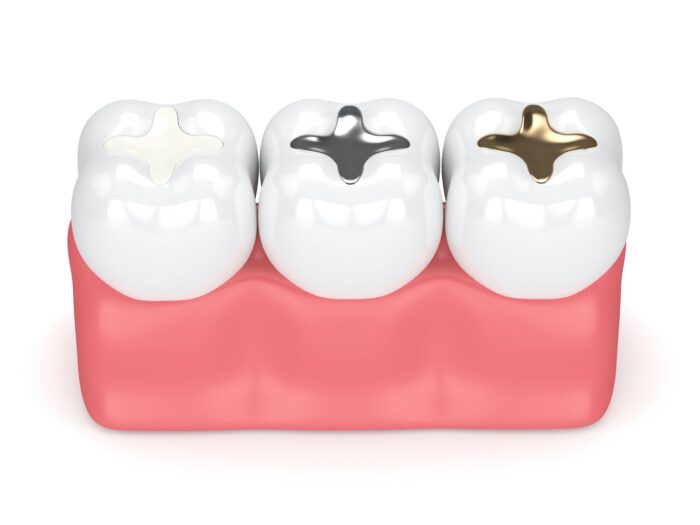Cavities will form in most of our smiles, and many of us already have dental fillings within our teeth. These fixtures fill holes in the surface of the teeth where a dentist removes decay. The filling provides a highly effective restoration of a tooth’s structure, function, and appearance in the wake of a cavity.
Modern fillings are usually made from composite resin. The dentist molds the malleable material into the hole in the tooth and then hardens it to create a seal that also restores the tooth’s shape while protecting it from further damage.
The filling can endure wear and tear from your usual oral functions, like chewing and biting. But it will not last forever. Eventually, an old, worn filling will require replacement from your dentist.
You may wonder about the longevity of a filling and how you can maximize the benefits of this treatment. Read on to find responses from your dentist to frequently asked questions regarding the deterioration of dental fillings and the need to replace them.

Why Does a Dental Filling Wear Down?
Curing the resin of a dental filling creates a secure hold on the tooth along with a strong seal over this vulnerable area of the tooth enamel. But over time, the resin material will wear down due to everyday wear and tear. Usually, your filling will last for about ten years.
Certain oral habits may make the filling wear down at a faster rate. For instance, if you grind or clench your teeth regularly, the excess pressure can cause extra damage to the filling.
Enamel erosion may alter the shape of your tooth, which can then affect the fit of your filling. So beware of a highly acidic diet or poor oral hygiene which can lead to dental erosion and therefore damage to your filling. Your dentist can help you practice preventive care that can protect your filling for as long as possible.
Can I Tell If I Need a New Dental Filling?
Your dentist will check the state of your fillings and other dental work during a routine check-up. However, you may notice some signs of an old, damaged filling on your own.
The dental filling may seem to change in shape. You can feel a sharp or loose edge to it when you run your tongue over it rather than its original smooth and polished finish. Some dark discoloration might develop on the tooth if you have a damaged filling, especially because you might be susceptible to new decay forming in that tooth.
You could also feel pain around that tooth if you have a worn filling. This might feel like pressure when biting or a constant ache near the tooth. It could also present as tooth sensitivity, an intermittent sharp pain occurring as a reaction to a stimulus.
If you notice changes in your smile, especially in relation to a dental filling, let your dentist know right away. A damaged filling may put you in danger of decay, infections, and other serious dental issues.
